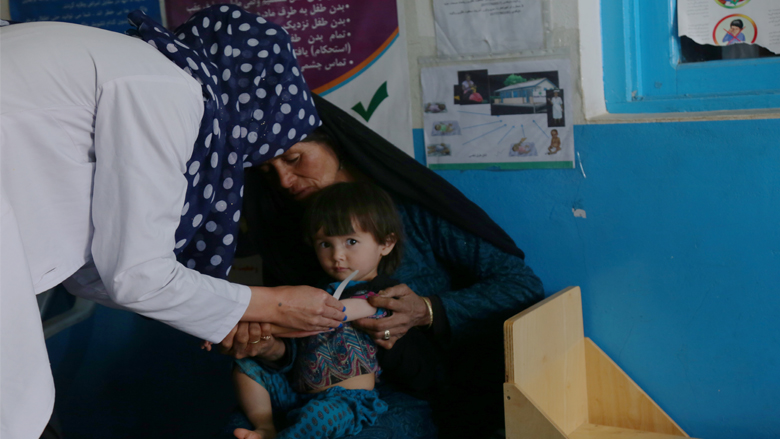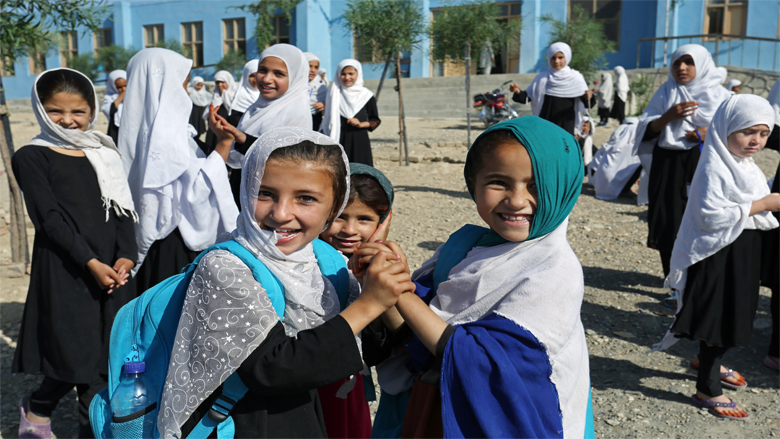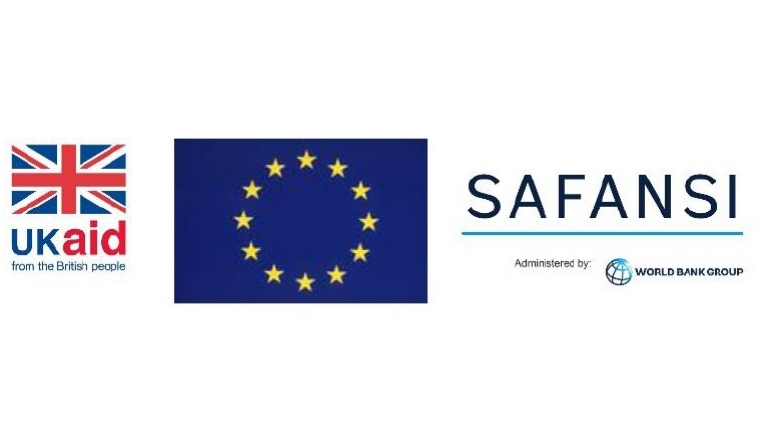, which can help boost its economic growth, productivity, and human capital development.
, or of low height for their age, an indication of malnutrition. Stunting in early life is a marker of poor child growth and development and will reduce their potential to contribute toward their country’s growth and prosperity.
On the other hand, a well-nourished child tends to complete more years of schooling, learns better, and earns higher wages in adulthood, thereby increasing the odds of escaping a life of poverty.
To help the Afghan government invest in better nutrition, the South Asia Food and Nutrition Security Initiative (SAFANSI), the Ministry of Public Health, the World Bank and UNICEF have partnered to determine what it would take to reach more children, women, and their families and provide them with essential nutrition services that would reduce stunting, anemia, and loss of life.
A recently published working paper, Investment Framework for Nutrition in Afghanistan, provides a start to better understand the cost, impacts, and benefits of expanding the nutrition interventions.
for greatest impact.


